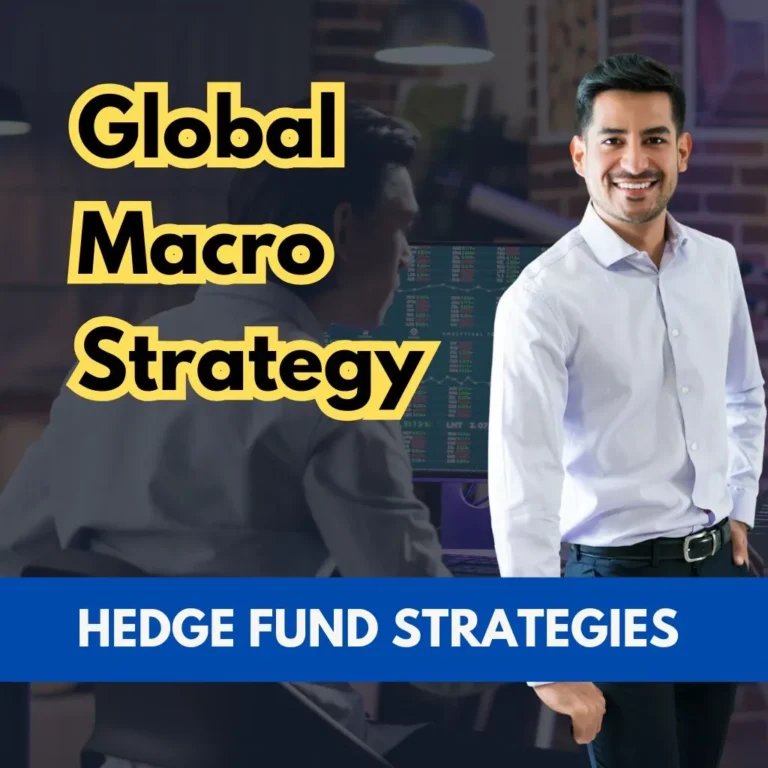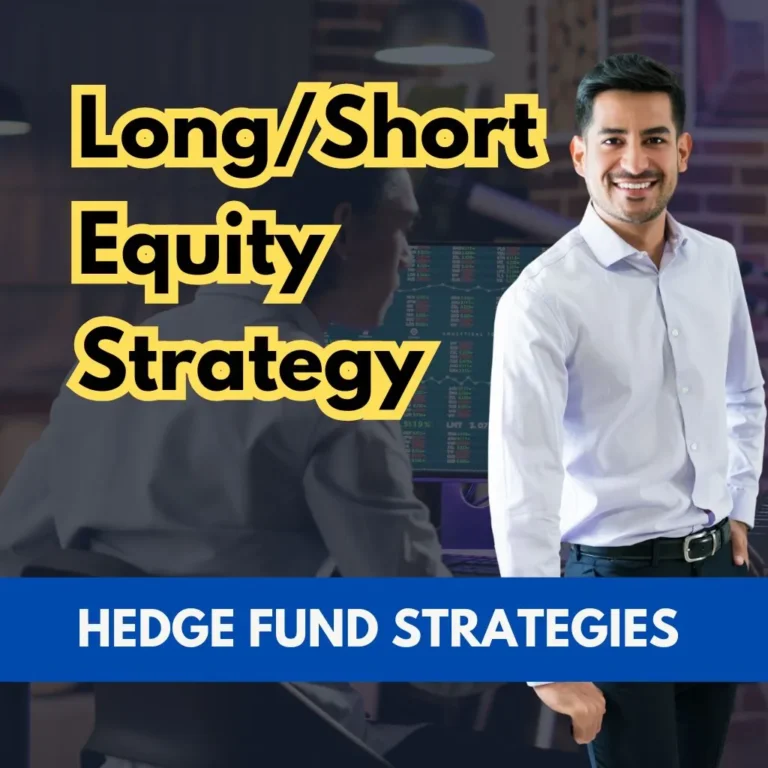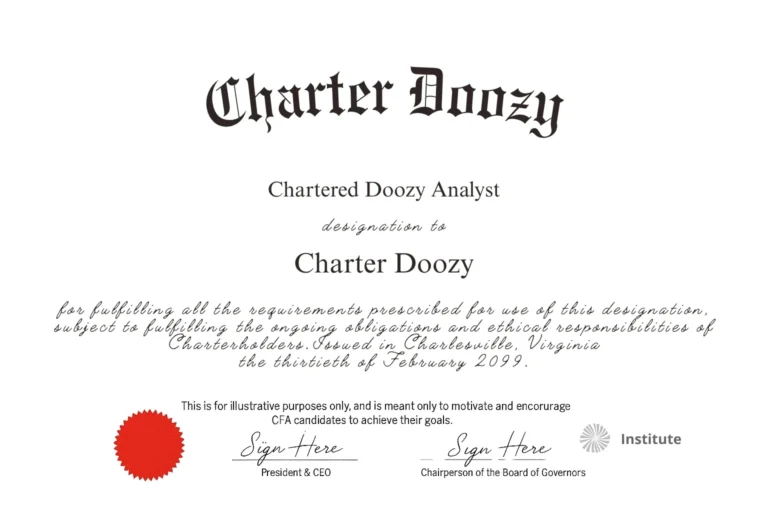A Big Picture Approach to Alpha
Among the diverse array of hedge fund strategies, the global macro approach stands out for its boldness and breadth.
Unlike strategies that rely on company-specific fundamentals or arbitrage within asset classes, global macro funds take a top-down perspective.
They seek to profit from large, structural movements in economies, interest rates, currencies, commodities, and geopolitical events.
This is a strategy driven by conviction, timing, and a deep understanding of global capital flows.
The appeal of global macro lies in its flexibility.
These managers are not confined to one geography or one type of asset.
They can go long or short in any market, any asset class, and at any time, based on their macroeconomic outlook.
Whether it’s betting on currency devaluation, anticipating a bond market rally, or capitalizing on geopolitical disruptions, global macro managers are constantly scanning the world for opportunity.
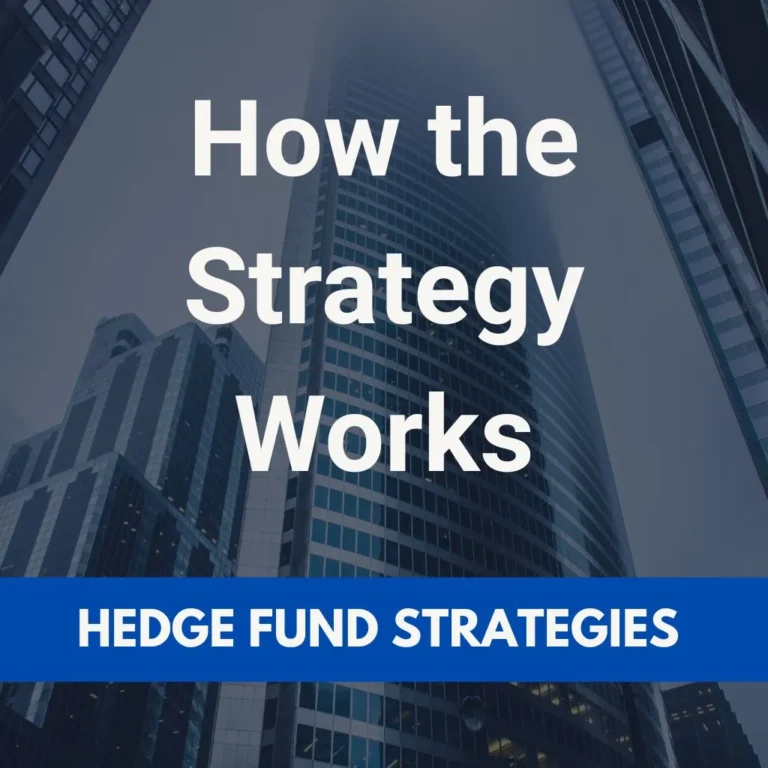
How the Strategy Operates
Global macro strategies can be executed in two primary ways: discretionary or systematic.
Discretionary macro managers rely on human judgment, synthesizing vast amounts of information (central bank policy shifts, fiscal policy, inflation trends, geopolitical risk, or economic data releases) to form a narrative and take positions accordingly.
Systematic macro managers, on the other hand, use quantitative models to detect and exploit macroeconomic anomalies or momentum trends.
The strategy often uses highly liquid instruments such as futures, options, currencies, and sovereign bonds.
These instruments allow for efficient implementation of high-conviction views.
Positions are frequently directional, such as long gold during inflationary periods or shorting emerging market debt in anticipation of rising U.S. interest rates.
However, many managers also implement relative-value positions, such as being long Japanese equities while shorting European equities, based on expected divergence in growth or monetary policy.
Interested in Learning About Other Hedge Fund Strategies?
Examples That Illustrate Global Macro in Action
To better understand how this strategy manifests in real portfolios, consider a few historical and hypothetical examples. During the 2008 global financial crisis, several global macro funds correctly anticipated the collapse of the U.S. housing market and profited by shorting mortgage-backed securities and the U.S. financial sector.
In the early 2010s, managers betting on quantitative easing by central banks positioned themselves long in equities and commodities.
Another classic trade might involve going long the U.S. dollar while shorting the Japanese yen if a manager expects interest rates in the U.S. to rise while Japanese rates remain low.
Similarly, a manager anticipating higher inflation might buy gold or inflation-linked bonds, while shorting nominal sovereign bonds.
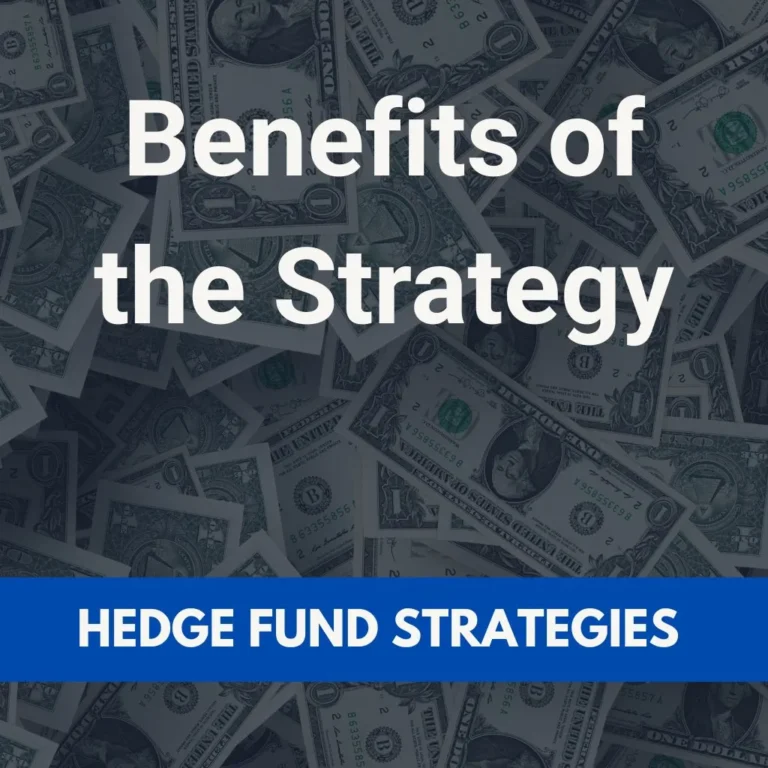
Why Investors Value Global Macro
One of the core advantages of global macro investing is its low correlation with traditional asset classes.
Because the strategy derives returns from macroeconomic themes, rather than corporate fundamentals, it tends to perform differently across market cycles.
This makes global macro a powerful diversifier in a multi-asset portfolio.
Moreover, global macro managers often thrive during periods of market dislocation and volatility—times when other strategies may falter.
Their agility, both in terms of asset class and geography, allows them to pivot quickly in response to changing macroeconomic narratives.
For investors seeking exposure to non-traditional sources of return, global macro can offer a compelling alternative.
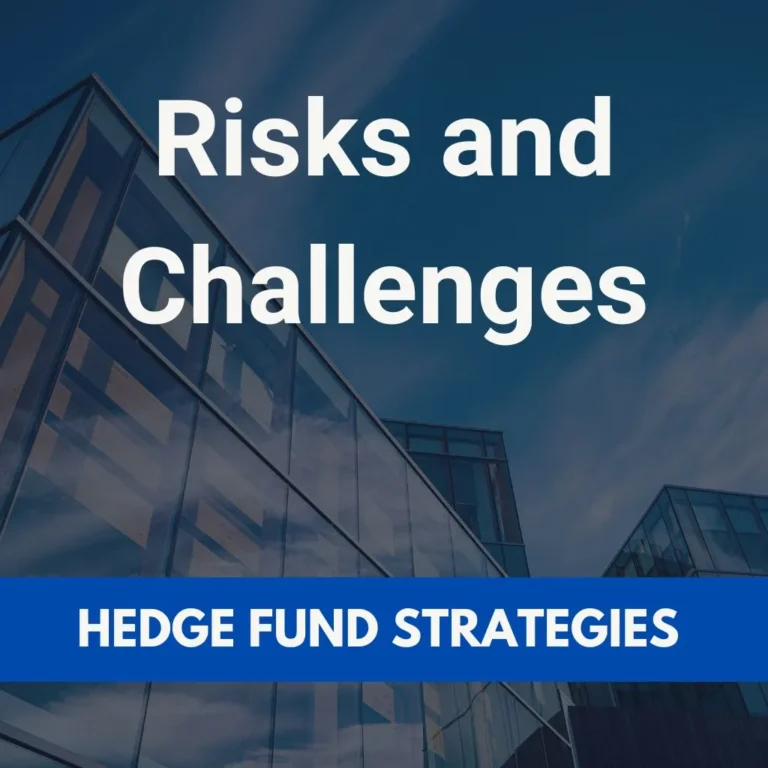
The Risks Behind the Conviction
However, global macro investing is not without risk. Making a macroeconomic call requires not only being directionally correct but also getting the timing right.
Markets can remain irrational or disconnected from fundamentals for extended periods.
A well-structured thesis can still result in losses if it materializes too late or is disrupted by unexpected policy shifts.
The use of leverage (often a core feature of global macro strategies) can amplify both returns and losses.
Discretionary managers are vulnerable to behavioral biases and overconfidence, while systematic strategies may fail in the face of unforeseen structural changes or black swan events.
Additionally, because many macro positions are placed in liquid markets, crowding can occur, leading to rapid reversals and increased volatility.
Final Thoughts for the CFA Candidate
For CFA candidates, understanding the global macro strategy provides insight into a world of investing that transcends security analysis and dives into the forces shaping the global financial system.
It challenges the notion that all returns must come from stock-picking or credit spreads.
Instead, it introduces a framework where insight into inflation trends, trade policy, or currency regimes can be just as critical as earnings per share.
Mastering this strategy involves not just a firm grasp of macroeconomics, but also risk management, portfolio construction, and scenario analysis. In the CFA curriculum (and beyond) global macro is a strategy that tests analytical breadth and encourages strategic thinking. It’s about predicting the world and positioning for when the world moves.
